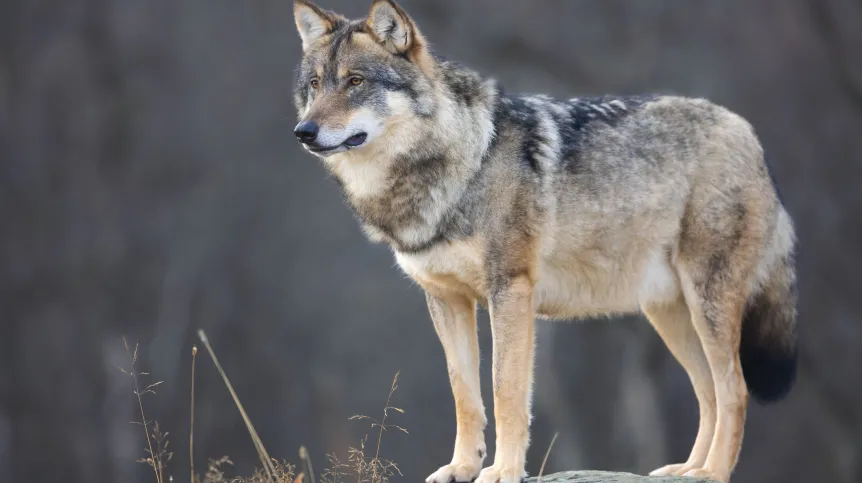
The main problem in Europe is not that we have too many wolves, but that we need to re-learn to protect our farm animals that fall prey to these predators, says biologist Dr. Dries Kuijper, at the Polish Academy of Sciences’ Mammal Research Institute in Białowieża.
The scientist who studies the behaviour of these predators and understands their role in the functioning of ecosystems adds that in his opinion, the change in the wolf's protection status proposed by the European Commission is 'very disappointing'.
This concerns the vote of ambassadors of EU member states, who at the end of September voted to weaken the protection of wolves in Europe - instead of 'strictly protected', wolves are to be only 'protected'. The change is to allow EU countries to cull wolves, although they will still have to take into account the size of their population.
Dr. Kuijper tells PAP - Science in Poland that the numbers of wolves are indeed increasing in many European countries. 'But instead of emphasising the growing size of the population and the growing number of wolves, as a scientist I would rather emphasise that this is the reconstruction of the species after its extermination in all these countries. The wolf is recolonising areas where it lived 100-200 years ago. This is a major success resulting from better protection of the species implemented by the EC', he says.
He also admits that wolf recolonisation in European landscapes leads to conflicts between humans and wolves. 'The main conflict in almost all European countries is wolf predation on farm animals. And because we have lived without large predators for 100-200 years, in many countries we have lost the practices that we had used to protect farm animals from wolf attacks', he says.
Therefore, he continues, the most important thing that should be done now is to focus on protecting farm animals.
'In some regions we can protect our livestock best with guard dogs, in others, especially on a smaller scale, electric fences are very effective. And even relatively simple things like putting farm animals in a stable at night are also very effective', Kuijper says.
He adds, however, that 'in many European, the willingness to act in this area countries is often very low'.
According to the EC, the wolf population in EU countries has increased significantly over the past 20 years, with over 20,000 living in 23 Member States. The countries with the largest number of wolves according to 2021 estimates are Italy (approx. 3,000), Romania (approx. 2,500-3,000), Bulgaria (approx. 2,700) and Poland (approx. 1,900).
The decision taken by the ambassadors of the EU Member States must be adopted by ministers. In the next step, the proposal will be submitted by the EU to the Standing Committee of the Bern Convention in the Council of Europe at its next meeting in December. Only after that will EU regulations be changed. (PAP)
PAP - Science in Poland, Agnieszka Kliks-Pudlik
akp/ bar/ ktl/ kap/
tr. RL













